What Challenges Do Civil Engineering Projects Present with Civil Engineer Reddy Kancharla
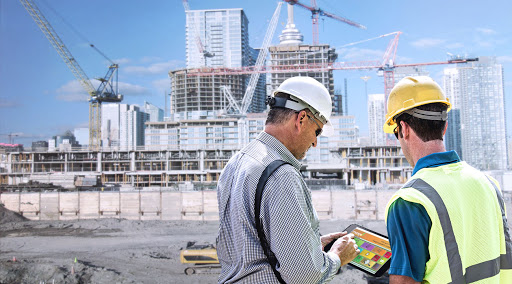
You may not know who he is but you are more than likely to have seen or used some of the wonderful work which civil engineer V Reddy Kancharla has worked on across the globe. This is a branch of engineering which is all about the creation of the world that we see around us, the official explained as:
“The discipline that deals with the design, construction, and maintenance of the physical and naturally built environment, including public works such as roads, bridges, canals, dams, airports, sewerage systems, pipelines, structural components of buildings, and railways.”
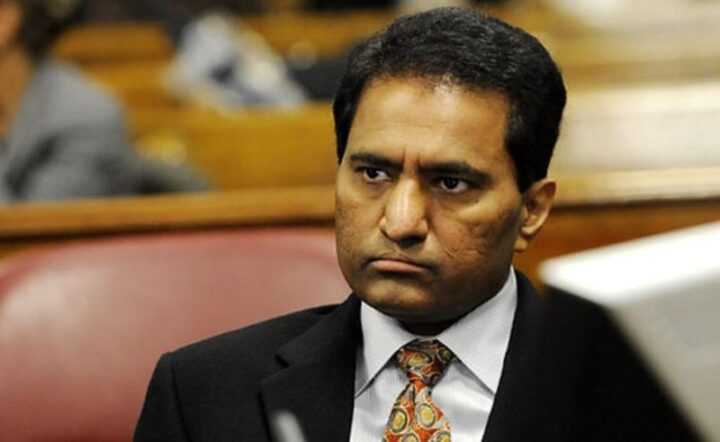
Civil engineering projects around the world are some of the most fascinating achievements of humankind and whether we are looking at buildings, tunnels, bridges or dams, each one is more impressive than the next. Something which a lot of have no idea about however is just how challenging these projects can be for the teams of engineers who have been set up to tackle a certain problem and Reddy knows all about that. It is for that reason that today he is going to talk to us a little more about those challenges and the issues which every civil engineer comes up against during the project.
Money
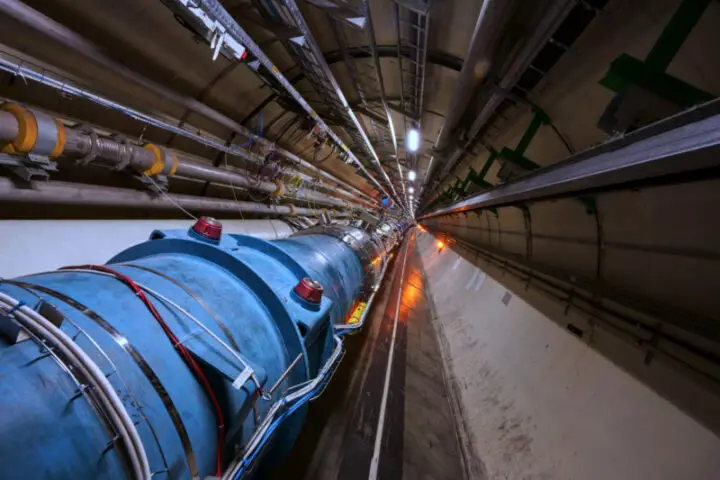
It is very rare that a project, regardless of its scale, is going to be completed with a blank check policy. The only time when we see a ‘money is no object’ approach is on projects of international importance such as the incredible Large Hadron Collider at CERN. It is for this reason that engineers have to plan for all eventualities and they have to look at high-level detail about the costs of everything relating to the project. This means they have to cost out the materials, the labor hours, the equipment and every other detail which you can think of. Engineers would love to have a blank check but they very rarely do.
Landscape
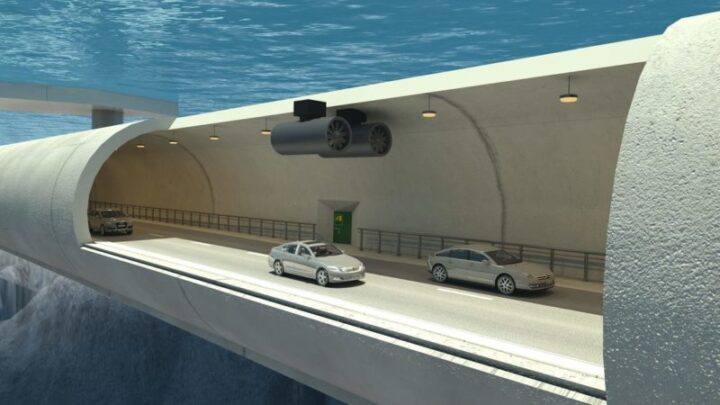
Around the world, the landscape is different in terms of how it lies, what mountain, valleys or rivers may exist, what tree coverage and lakes may be on a certain part of the land and they also have to factor in the type of terrain which they are dealing with. Sometimes this is better than they first expected such as in the case of the Channel Tunnel. The Channel Tunnel connects the UK and France and it is the largest underwater tunnel in the world. At first the engineers behind this expected to find it difficult to get the boring machines though the rock underneath the water, but once they got started the machines ate up the rock very easily and there were no harder rocks found below the initial layer, which greatly sped up production. This is not always the case of course and there is often a very real probability that things could go the other way.
Machinery Limitations
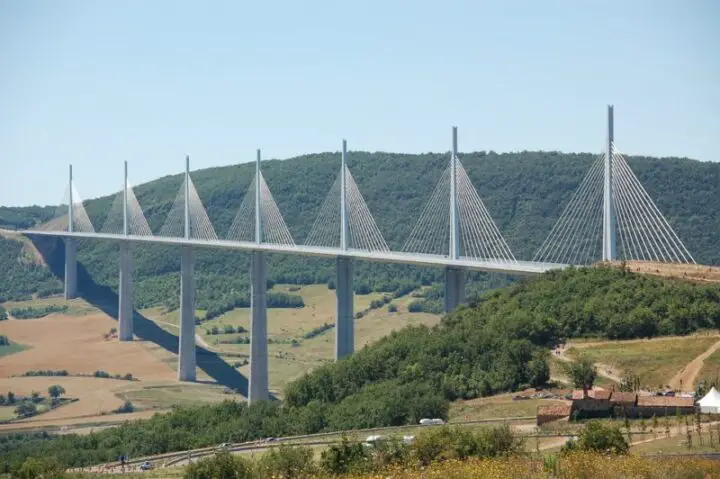
The large majority of the high tech machinery and equipment which is being used in construction projects around the world was originally designed to deal with a certain type of project. The issue is that the deeper we dig, the higher we climb and the farther we try to travel within civil engineering, the more emphasis there is on creating equipment and machinery which can take us there. Very often the early months of a civil engineering project are spent on the creation of machinery which is going to help us complete the project. Take the Millau Viaduct in France as a perfect example of this. This is the tallest road bridge that can be found anywhere on the planet, and during the design of it, the engineers quickly realized that they did not have the equipment which they needed to lift the road as high as that, and so new innovative machinery had to be designed and built, prior to the viaduct build getting started.
Weather
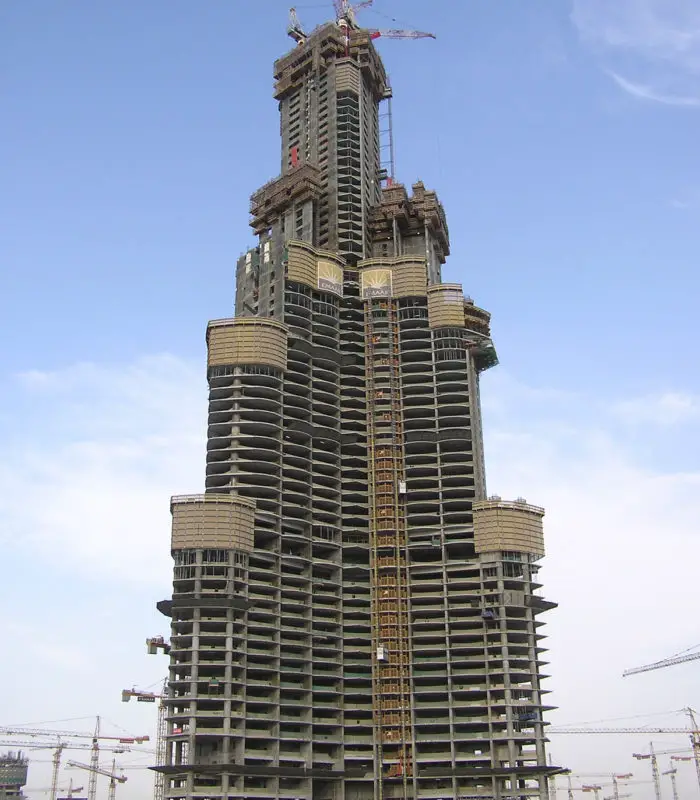
Weather is also a massive factor here and architects and civil engineers must pay special attention to the seasonal changes of the weather in the spot where they are looking to build. As we know different temperatures and air pressures will change the molecular structure of certain metals and materials and civil engineers have to bear this in mind when they are both designing and building the project. The Burj Khalifa, for example, went through multiple design revisions because of the sharp change in temperature from day to night and the high winds which are found in Dubai. Given that this was going to be a structure that has never been built before it was essential that the designers got this just right.
As you can see, it is never plain sailing for engineers who are looking to improve the world around us.
